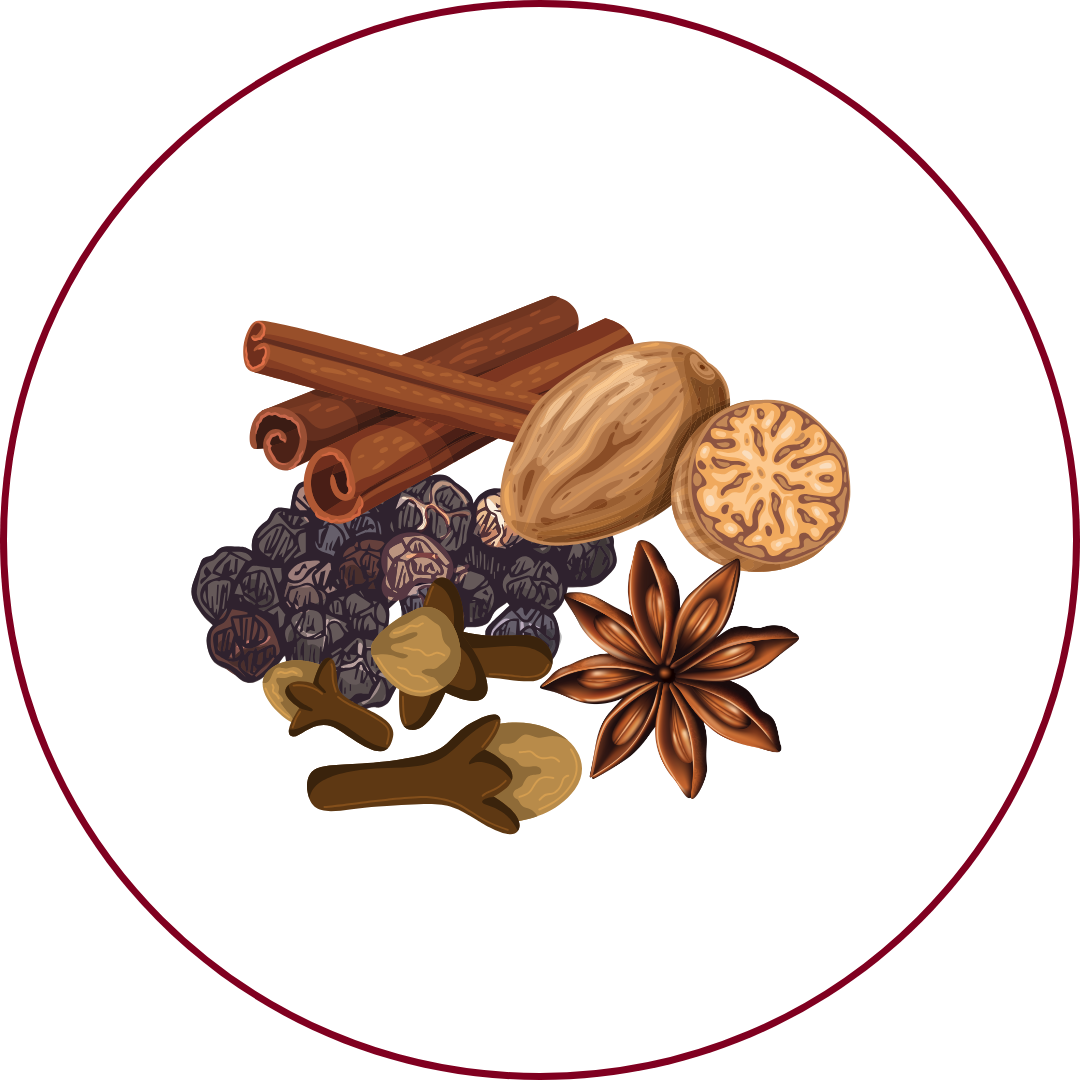Grape Variety
Kekfrankos
"cake-FRAHN-kosh (blou-FRANK-ish)"
Wine Styles
 Sparkling
Sparkling Light White
Light White Full White
Full White Aromatic
Aromatic Rosé
Rosé Light Red
Light Red Medium Red
Medium Red Full Red
Full Red Dessert
DessertAbout Kekfrankos
Origin
Central Europe, particularly Hungary and Austria
History
Kékfrankos, known as Blaufränkisch in Austria, is a dark-skinned grape variety that has been cultivated in Central Europe for centuries. Its exact origins are debated, but it is believed to have originated in the Austro-Hungarian Empire, possibly in present-day Slovenia. The grape is a natural cross between Blauer Zimmettraube and Weisser Heunisch. It is a parent of both Gamay and Zweigelt, highlighting its significance in viticulture. Kékfrankos is the most planted red grape variety in Hungary, accounting for 12% of vineyards, and is also widely grown in Austria, Germany (as Lemberger), and other Central European countries.
Appearance
Medium to large clusters of deep blue-black grapes with thick skins.
Growing Traits
Kékfrankos is a late-ripening variety that thrives in warm climates. It is adaptable to various terroirs and shows an affinity for barrique aging. The grape is known for its reliability and versatility, capable of producing wines ranging from light rosés to complex, oak-aged reds. However, it requires careful vineyard management to control yields and ensure optimal ripeness.
Wine Characteristics
Body
3/5
Sweetness
1/5
Tannin
3/5
Acidity
4/5
Alcohol
2/5
Medium-bodied with a firm structure, offering depth and complexity. Typically dry, emphasizing its rich fruit character. Moderate to high tannin levels, contributing to a robust mouthfeel. High acidity, providing freshness and longevity to the wine. Moderate alcohol content, generally around 12-13%, ensuring balance and drinkability.
Taste Profile

Black Cherry

Blackberry

Pepper

Spices

Earthy
Kékfrankos wines are characterized by rich aromas of black cherries and blackberries, often accompanied by peppery and spicy notes. On the palate, they exhibit high acidity and moderate to high tannins, providing structure and balance. Earthy undertones and a lingering finish make these wines complex and enjoyable, suitable for both early consumption and aging.
Food Pairing
Kékfrankos pairs excellently with a variety of dishes. Its high acidity and moderate tannins complement grilled meats, spicy dishes, and traditional Hungarian cuisine, particularly those seasoned with paprika. The wine's peppery notes enhance the flavors of schnitzel and other fried meats, while its fruitiness balances rich sauces and stews.
Growing Regions

Hungary
SopronSzekszárdEgerVillány

Austria
BurgenlandNiederösterreich

Germany
Württemberg

United States
MichiganFinger Lakes
Notable Wines & Producers
Heimann & Fiai Kékfrankos
Heimann & Fiai
Moric Blaufränkisch
Weingut Moric
Chateau Ste. Michelle Lemberger
Chateau Ste. Michelle
Kekfrankos FAQ
Common questions about this grape variety
What is the origin of Kekfrankos?
+
Central Europe, particularly Hungary and Austria
Is Kekfrankos wine full bodied?
+
Kekfrankos has a body level of 3 out of 5. Which means that Kekfrankos is Moderate bodied.
Is Kekfrankos wine dry or sweet?
+
Kekfrankos has a dryness level of 1 out of 5. Which means that Kekfrankos is Dry.
Where is Kekfrankos wine from?
+
Central Europe, particularly Hungary and Austria
Where is Kekfrankos grown?
+
Kekfrankos is grown in Hungary (Sopron, Szekszárd, Eger, Villány)Austria (Burgenland, Niederösterreich)Germany (Württemberg)United States (Michigan, Finger Lakes).
What is Kekfrankos like?
+
Kékfrankos wines are characterized by rich aromas of black cherries and blackberries, often accompanied by peppery and spicy notes. On the palate, they exhibit high acidity and moderate to high tannins, providing structure and balance. Earthy undertones and a lingering finish make these wines complex and enjoyable, suitable for both early consumption and aging.
What does Kekfrankos pair with?
+
Kékfrankos pairs excellently with a variety of dishes. Its high acidity and moderate tannins complement grilled meats, spicy dishes, and traditional Hungarian cuisine, particularly those seasoned with paprika. The wine's peppery notes enhance the flavors of schnitzel and other fried meats, while its fruitiness balances rich sauces and stews.
What does Kekfrankos taste like?
+
Kékfrankos wines are characterized by rich aromas of black cherries and blackberries, often accompanied by peppery and spicy notes. On the palate, they exhibit high acidity and moderate to high tannins, providing structure and balance. Earthy undertones and a lingering finish make these wines complex and enjoyable, suitable for both early consumption and aging.
Take Kekfrankos Knowledge with You
Access detailed grape profiles, tasting notes, and pairing suggestions on your iPhone.
Download on theApp Store